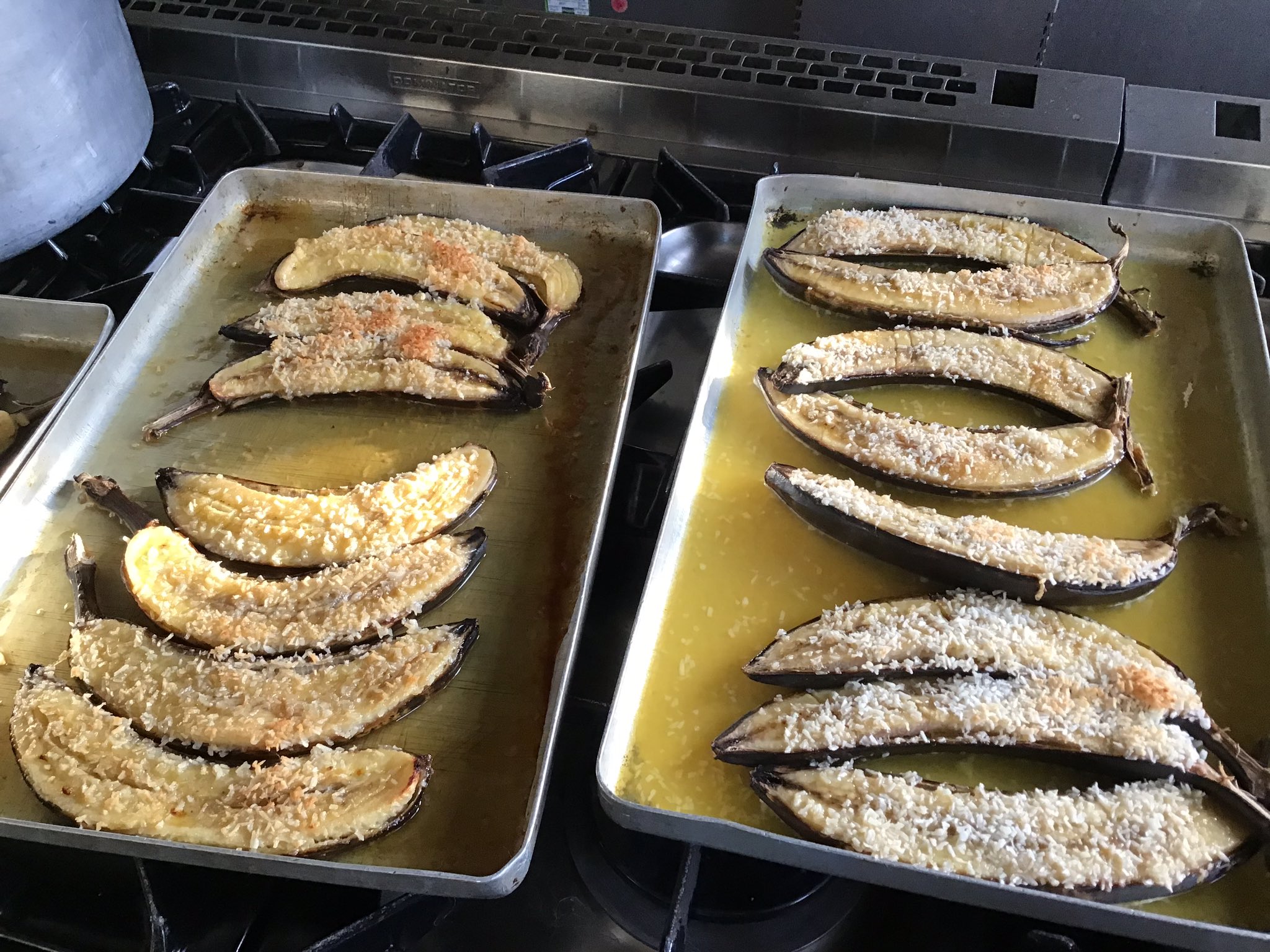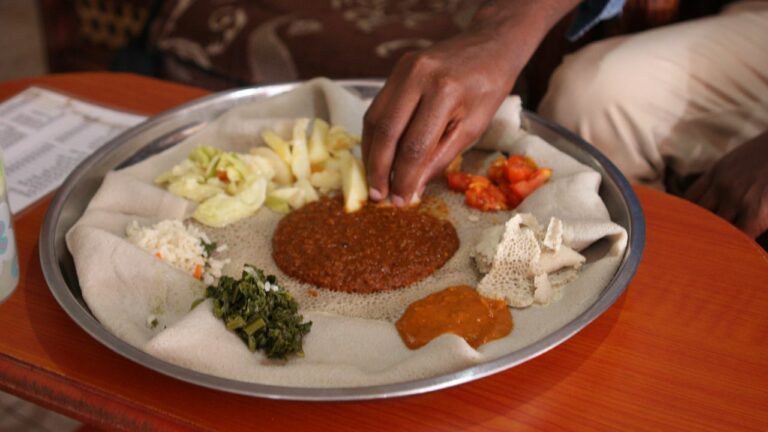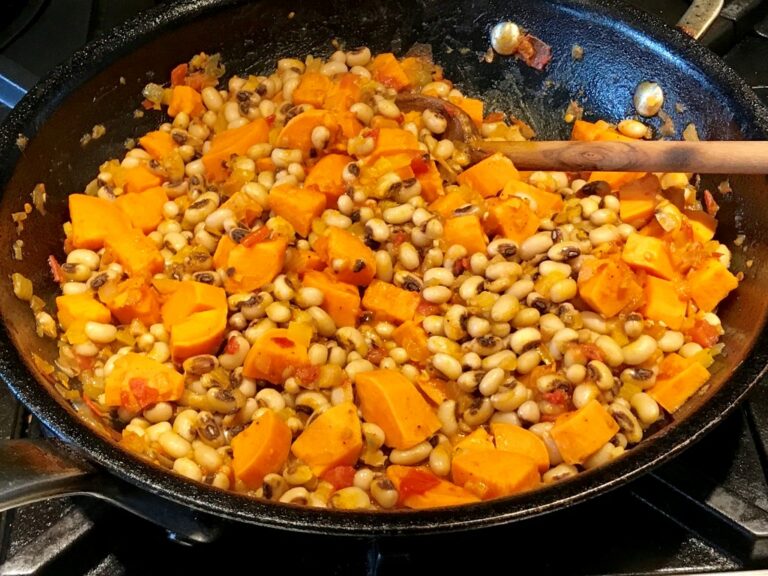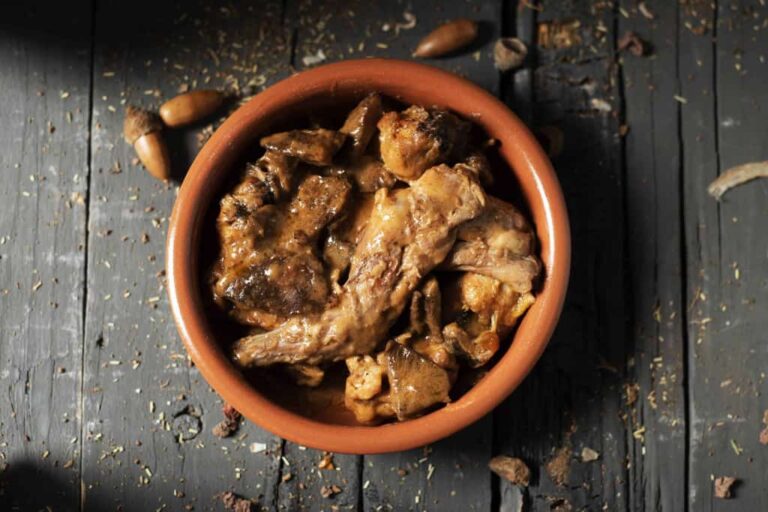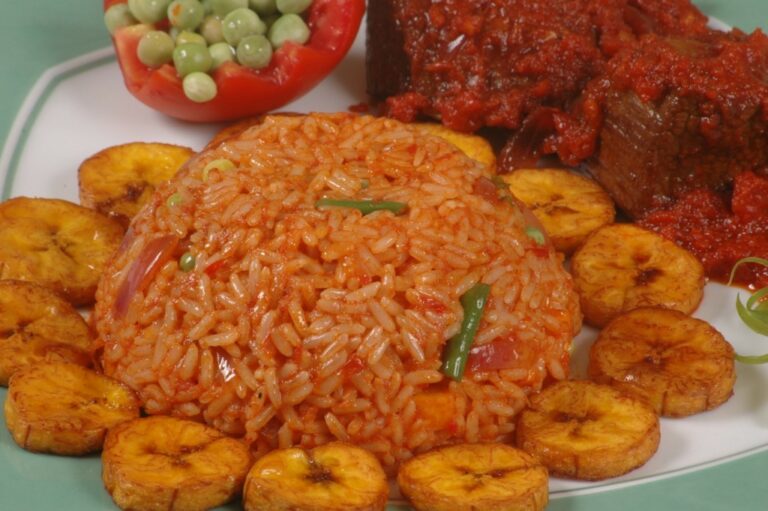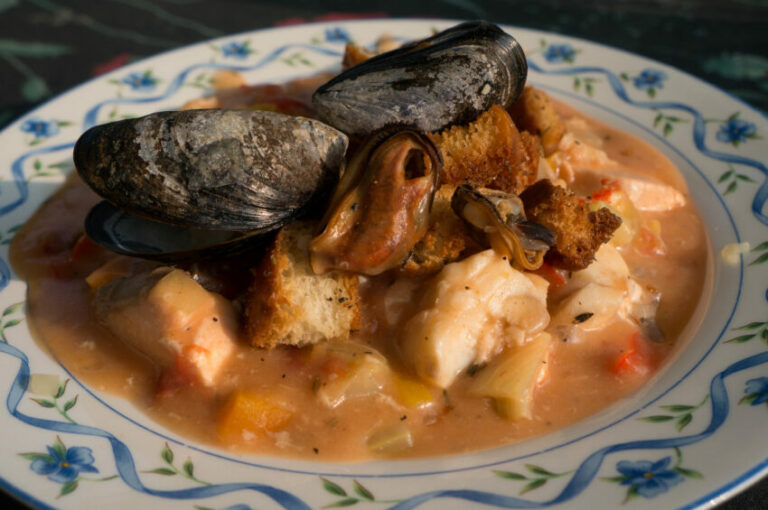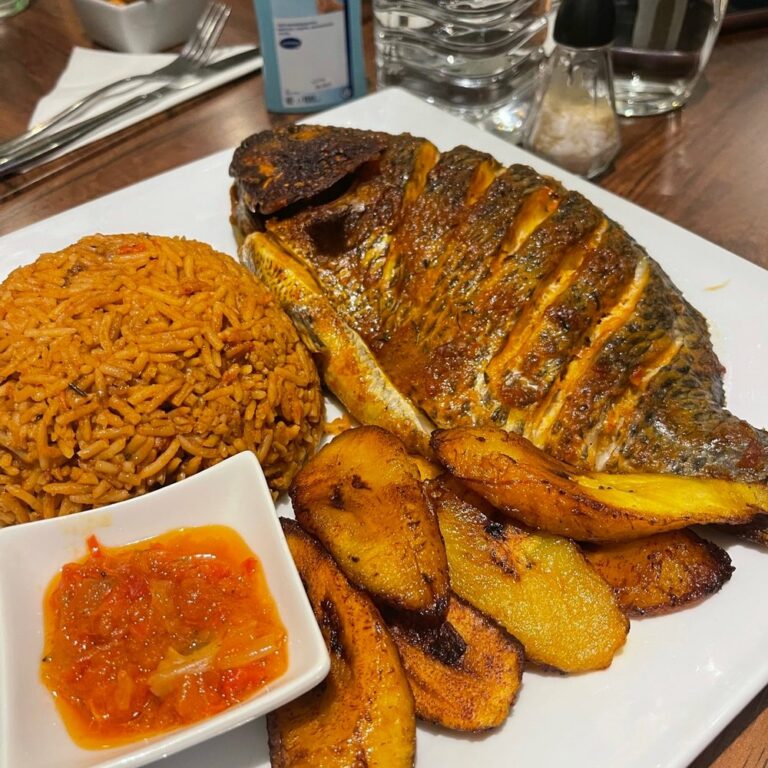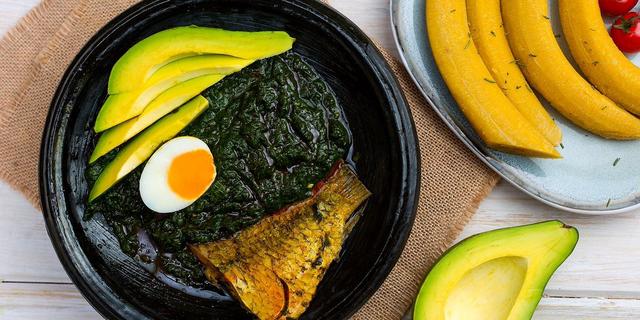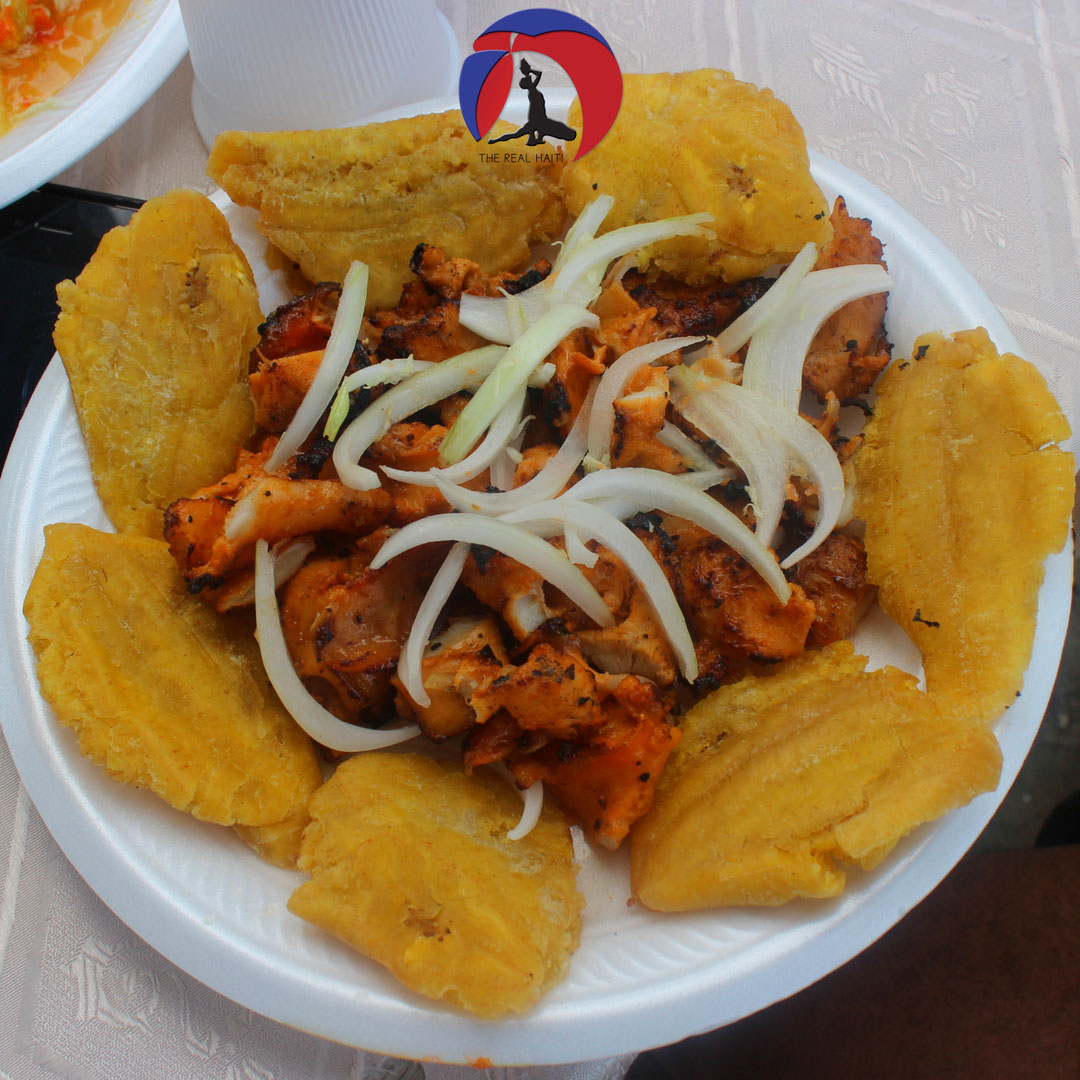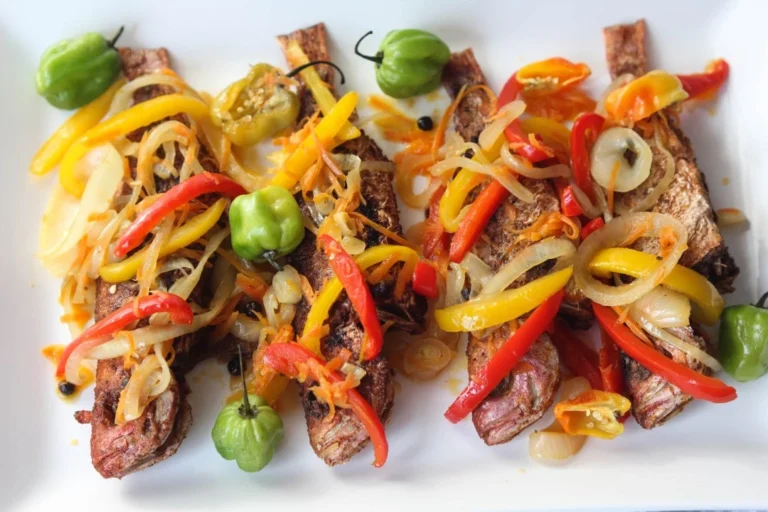Introduction: The melting pot of Equatorial Guinean cuisine
Equatorial Guinea is a small country located in Central Africa with a rich and diverse culinary heritage. The cuisine of Equatorial Guinea is a reflection of its history, influenced by Indigenous, Spanish, and African cultures. The country’s cuisine is characterized by the use of fresh and locally sourced ingredients, unique spices, and a blend of different cooking techniques. The result is a delicious fusion of flavors that has become a significant part of Equatorial Guinean culture.
Indigenous influences on Equatorial Guinean dishes
The Indigenous people of Equatorial Guinea have a significant influence on the country’s cuisine. The Bantu people, who are the largest ethnic group in the country, have a rich culinary heritage. They are known for their use of cassava, yams, plantains, and other root vegetables. These ingredients are often used to make fufu, a starchy dough that is served with various stews and sauces. The Bantu people also use a lot of fresh fish and seafood in their dishes, including shark, grouper, and crab.
Spanish influences on Equatorial Guinean cuisine
Equatorial Guinea was a Spanish colony before gaining independence in 1968. Spanish influence can be seen in many aspects of Equatorial Guinean culture and cuisine. The Spanish brought with them ingredients such as tomatoes, garlic, and onions, which are now staples in Equatorial Guinean cuisine. The Spanish also introduced various cooking techniques, including frying, which is now a popular method of cooking in the country. One of the most popular dishes with Spanish influence is the paella, which is a rice dish with various seafood and meat.
African influences on Equatorial Guinean gastronomy
Equatorial Guinea is located in Central Africa, and as such, African influence on the cuisine is significant. The cuisine of Equatorial Guinea is similar to that of other African countries, especially those in West and Central Africa. African influence can be seen in the use of spices and herbs, including cinnamon, ginger, and chili peppers. African cooking techniques such as grilling and roasting are also prevalent in Equatorial Guinean cuisine. The use of palm oil, which is a common ingredient in African cuisine, is also widespread in Equatorial Guinea.
The fusion of Indigenous, Spanish, and African flavors
The combination of Indigenous, Spanish, and African influences has resulted in a unique blend of flavors in Equatorial Guinean cuisine. The use of spices, fresh herbs, and locally sourced ingredients creates a unique taste that is characteristic of the country’s cuisine. The fusion of different cooking techniques has also resulted in the development of new and exciting dishes.
Key ingredients in Equatorial Guinean dishes
The key ingredients in Equatorial Guinean dishes include cassava, yams, plantains, fresh fish, and seafood. Other essential ingredients include tomatoes, garlic, onions, chili peppers, and palm oil. Spices and herbs such as cinnamon, ginger, and coriander are also commonly used in Equatorial Guinean cuisine.
Popular Equatorial Guinean dishes with diverse influences
One of the most popular dishes in Equatorial Guinea is the chicken stew, which is made with tomatoes, onions, garlic, and chili peppers. Another popular dish is the fish stew, which is made with fresh fish, onions, tomatoes, and spices. The paella, which is a rice dish with various seafood and meat, is also popular in the country.
Conclusion: The rich and diverse culinary heritage of Equatorial Guinea
Equatorial Guinean cuisine is a melting pot of Indigenous, Spanish, and African cultures. The use of fresh and locally sourced ingredients, unique spices, and a blend of different cooking techniques has resulted in a unique and exciting culinary heritage. The cuisine of Equatorial Guinea is a reflection of the country’s history and culture, and it is an essential part of the country’s identity.

